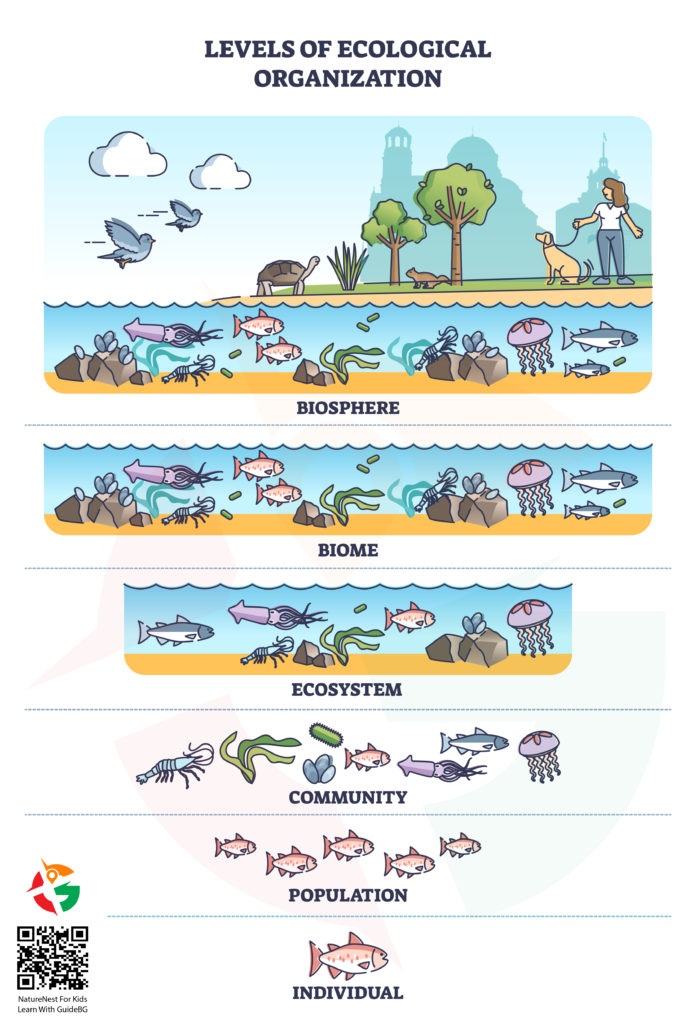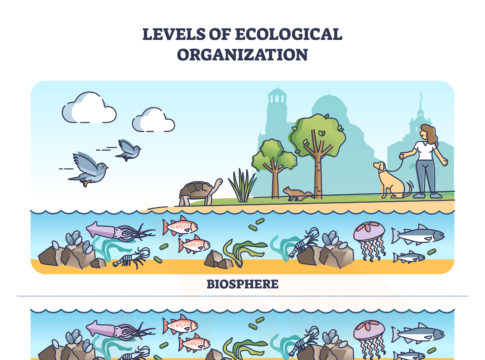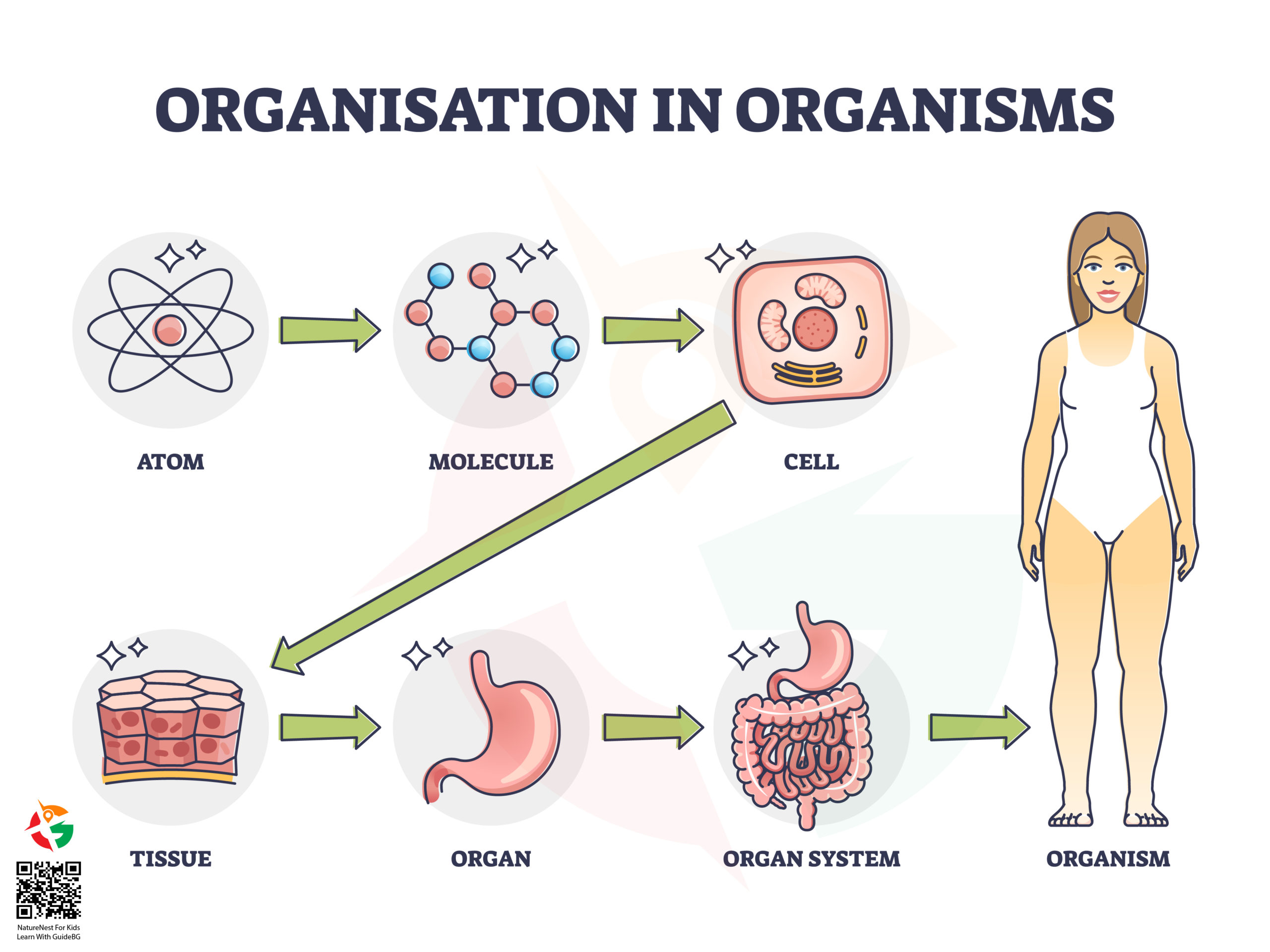Plunge into Earth’s vibrant core, where life forms complex patterns. From lone animals roaming to the broad biosphere network, life intertwines. This exploration reveals Earth’s ecological layers, showing how life’s complexity binds together. We’ll delve into each layer, uncovering their roles and importance in life’s rich mosaic.
Individual: The Solo Performer
The individual stands as the cornerstone of ecological layers. It’s a lone organism showcasing a species’ unique approach to living and thriving. From a grand sequoia to a delicate butterfly, every individual has a critical part in its ecosystem, forming the basis for more intricate structures. The life cycle, habits, and connections of each being highlight life’s vast variety and flexibility, painting a picture of evolution’s wonders across our world.

Population: A Harmony of Similar Voices
When members of a species come together, they create a population. This group shares genetics and occupies a particular space. Populations are essential to ecology, showing how species relate to their surroundings and one another. Within these groups, factors like growth rates and movements shed light on species’ adaptations to shifts in conditions and resources. This is crucial for their enduring existence.
Community: The Ecological Ensemble
A community brings together multiple populations of different species, living and interacting within a shared habitat. This level of organization highlights the complexity of biological interactions, from competition and predation to symbiosis and mutualism. Communities illustrate the interconnectedness of life, where the presence or absence of certain species can profoundly affect the entire assembly, emphasizing the importance of biodiversity for ecological stability and resilience.
Ecosystem: The Symphony of Life and Land
Ecosystems are vast networks that blend the living (biotic) and the non-living (abiotic). They include communities and their physical surroundings. Here, energy weaves through food webs and the nutrient cycle, keeping life going through photosynthesis, decomposition, and respiration. Ecosystems are life’s scaffolding, merging all creatures with water, soil, and air. This delicate equilibrium is vital for survival, showcasing ecosystems’ role as Earth’s support system.
Biome: The Global Landscapes
Biomes are vast regions characterized by distinct climates, geography, and ecological communities, ranging from the lush Amazon rainforest to the arid Sahara desert. Each biome supports unique ecosystems adapted to environmental conditions, showcasing the planet’s climate and diversity of life. Biomes illustrate the result of evolutionary processes over millennia, with species and ecosystems adapting to their physical surroundings, influencing global biodiversity patterns.
Biosphere: The Envelope of Life
The biosphere surrounds Earth, hosting life from deep seas to high mountains. It’s a grand, global ecosystem, alive thanks to the sun and nutrient cycles. The beauty of the biosphere? It shows Earth as one, where the ground and air around us affect and shape life’s dance. Studying this tells us how unique our planet is, a true life oasis, highlighting why we must safeguard its diversity and life force.
Diving into ecological levels deepens our understanding of Earth’s complexity, beauty, and vulnerability. It places us within this vast network and reminds us of our duty to protect it. By exploring life’s interconnections, we learn about our environment and how to live in harmony with this intricate web of existence.




